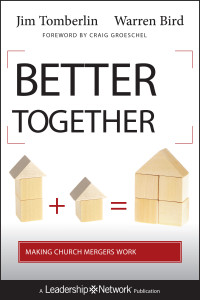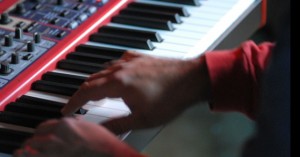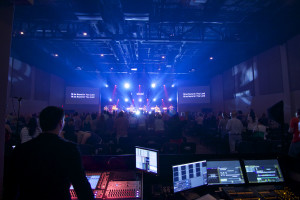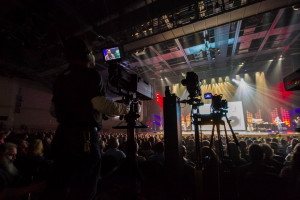Why Mergers in the Past Often Failed

How are today’s mergers different from those of yesteryear? They represent two completely different paradigms that we might call “new math” and “old math” of church mergers. Old math mergers were more survival driven, whereas today’s mergers are more mission driven. Also old math mergers worked toward equality between the merging churches where today’s focus is on aligning with the stronger church culture.
First, the old math of mergers was too often 1 + 1 = 1. The combination rarely worked to produce a vibrant, healthy, larger, or growing church. As veteran church consultant Lyle Schaller explains, the newly merged church typically shrinks to the approximate size of the larger of the two former congregations because no one has made any effort to alter the congregational culture. Members were more comfortable in the smaller size environment they knew before the merger, so they keep dropping away until the culture goes back to what it was. As a result, the typical merger of two smaller no-growth churches “has had a spectacularly poor record in attracting new members,” he says. This situation commonly occurs, according to Schaller, even when there’s a good cultural fi t between the congregations.
Read More.








